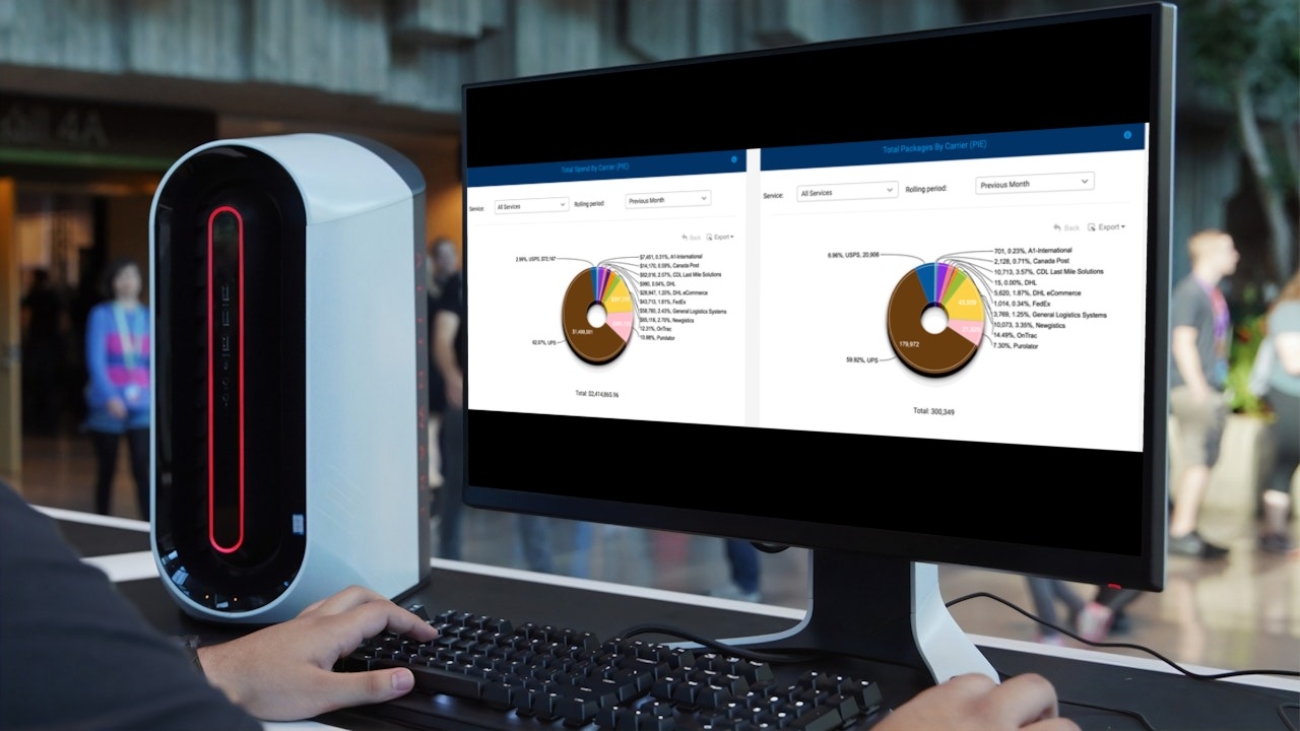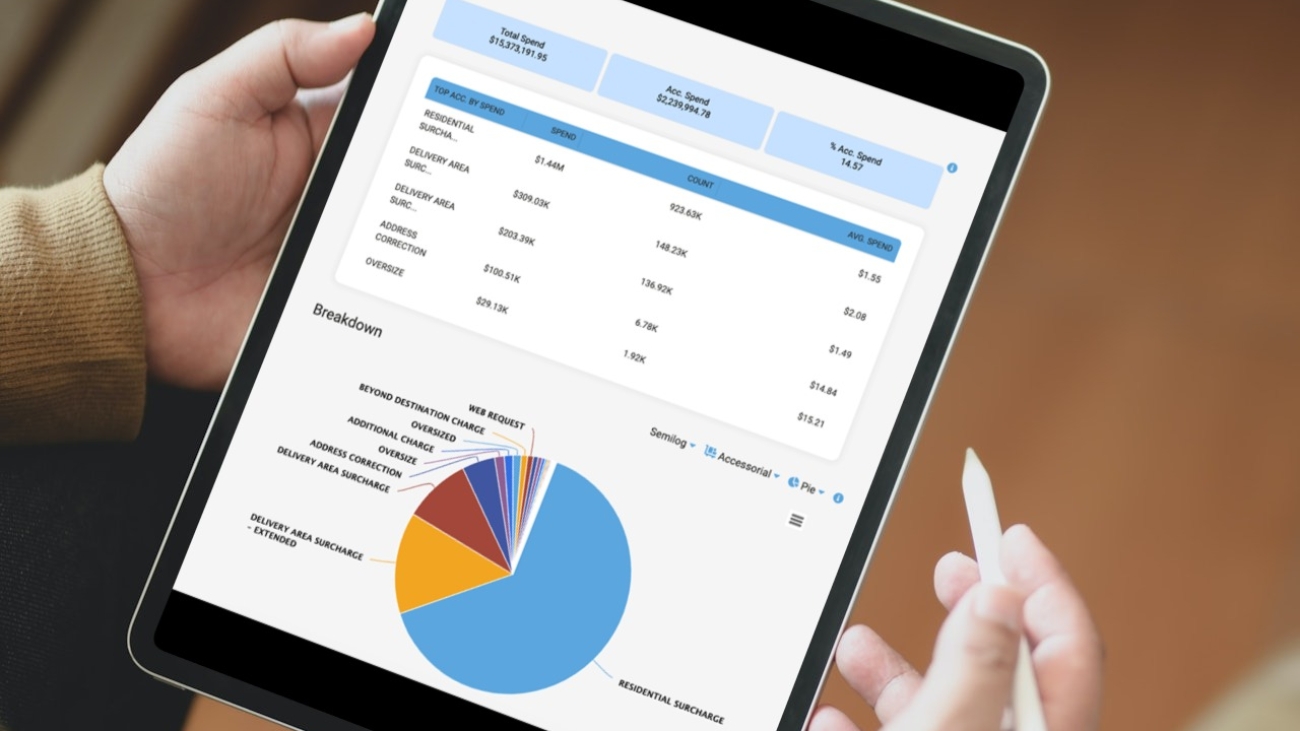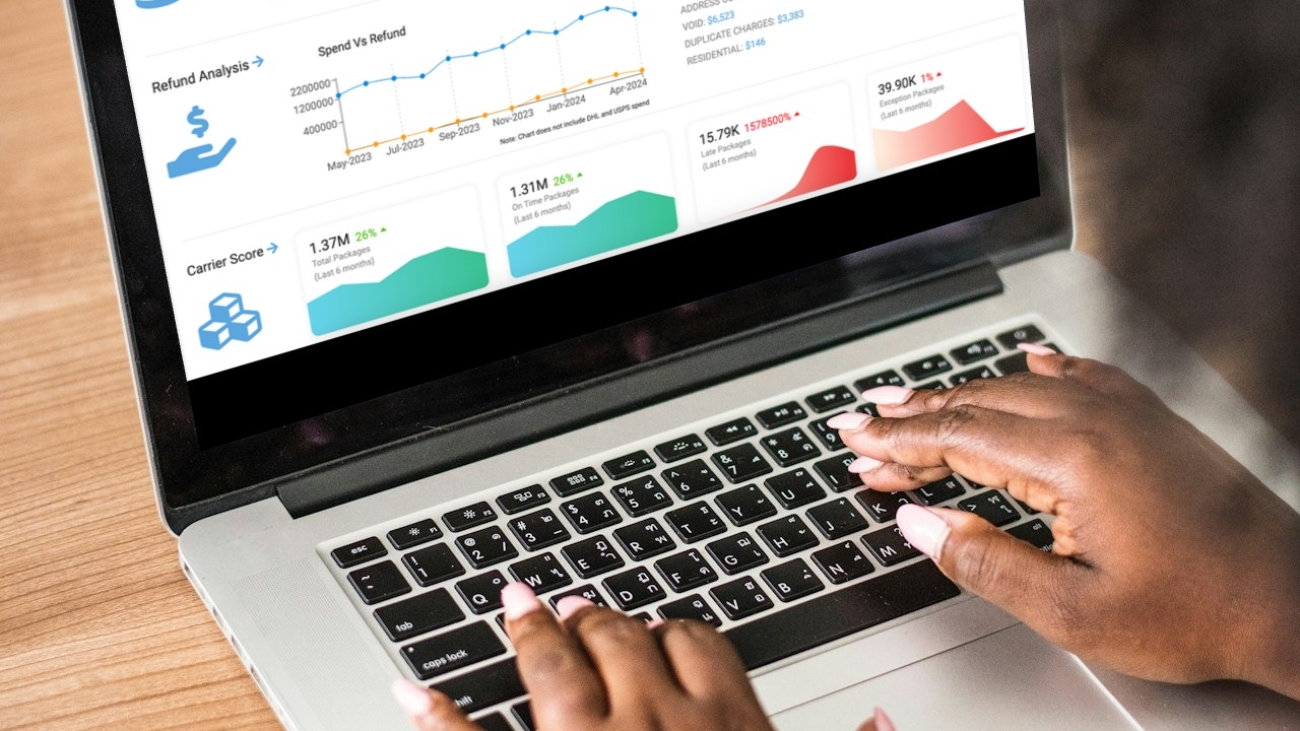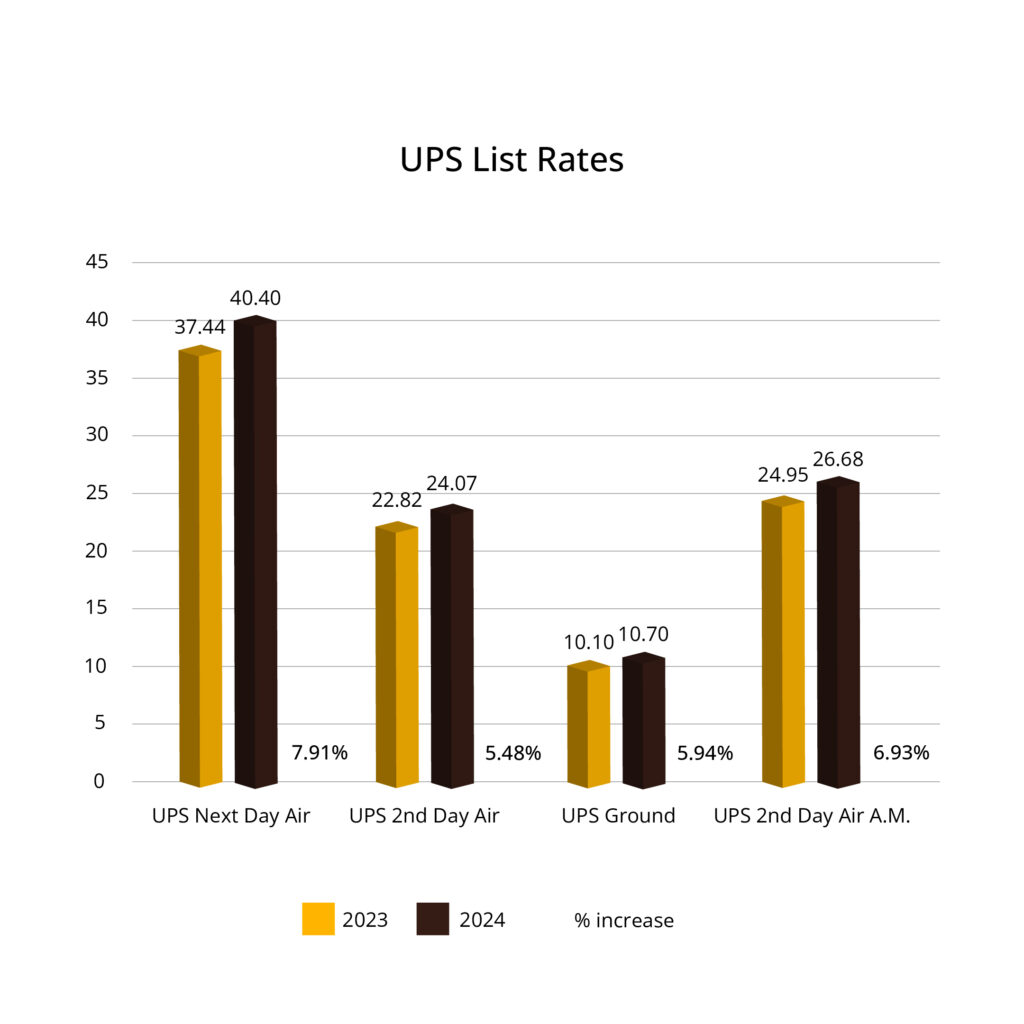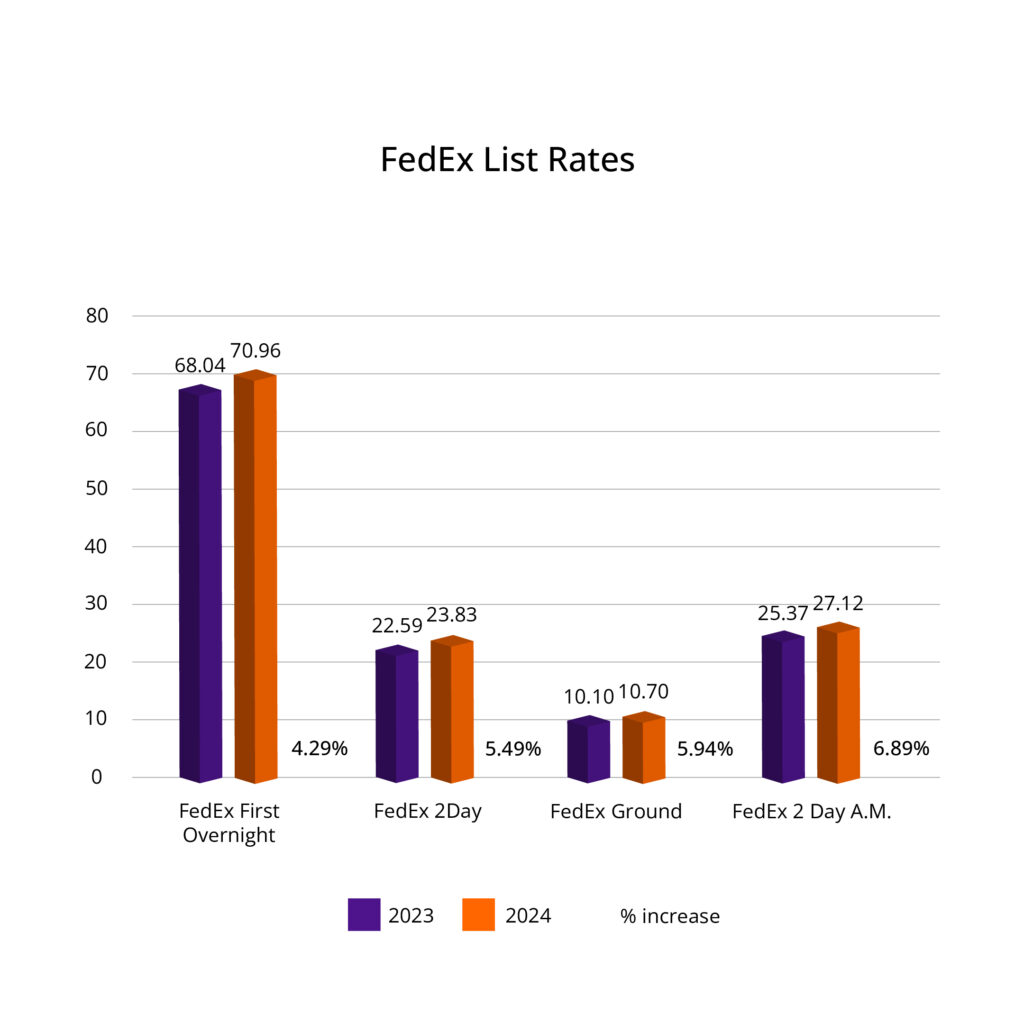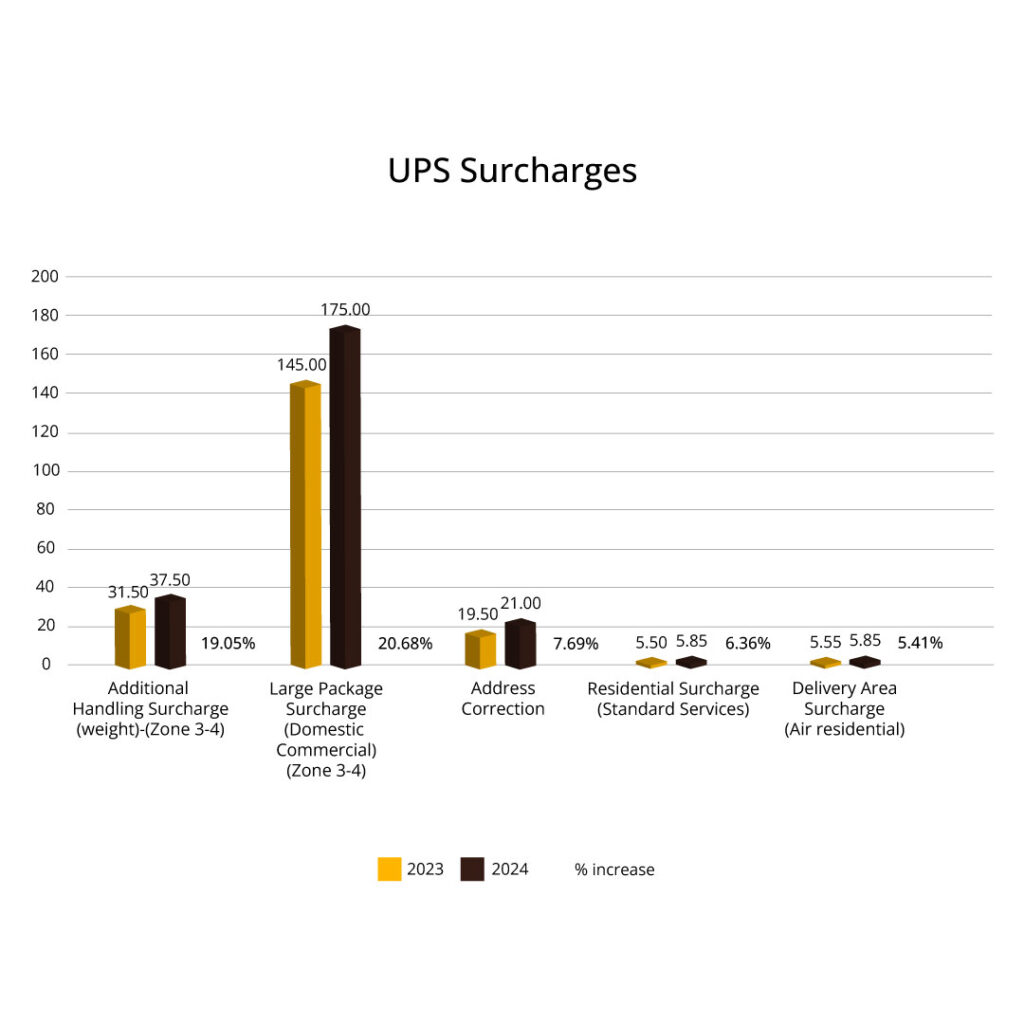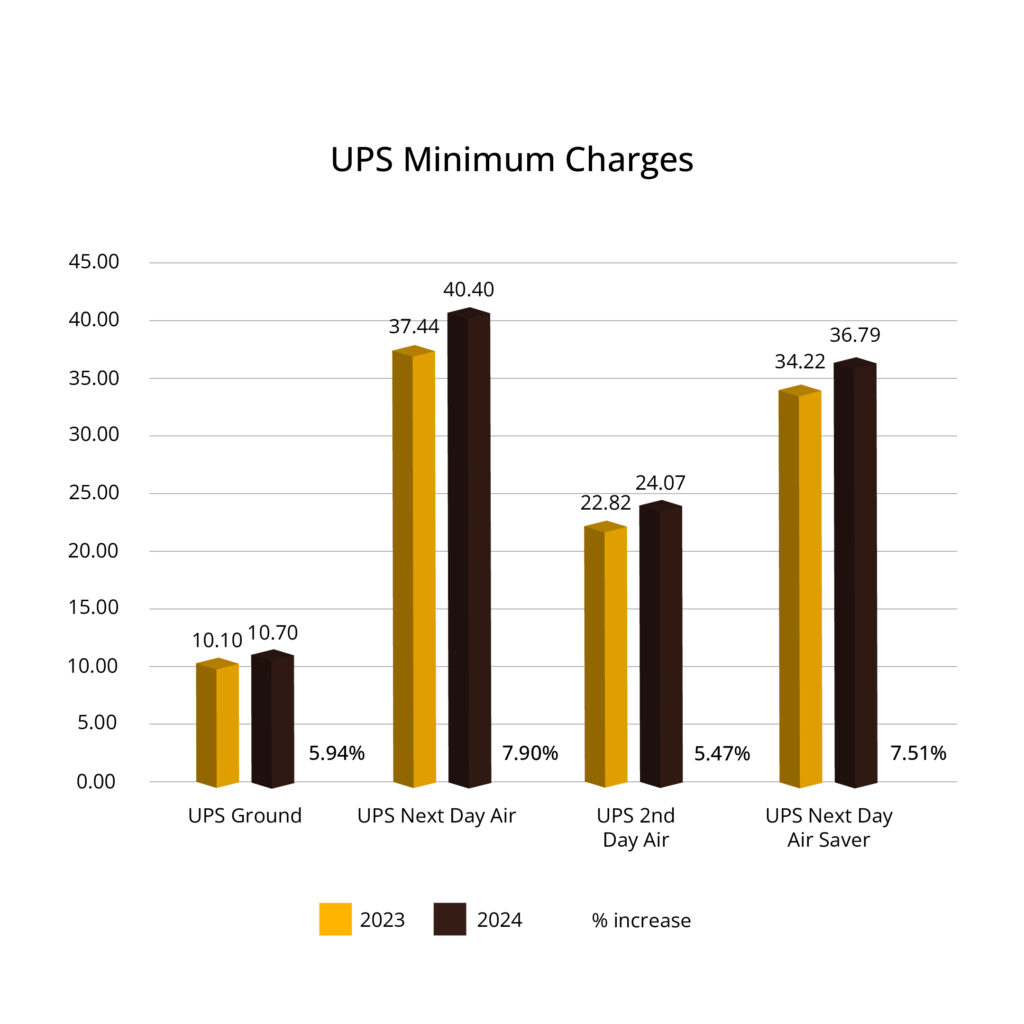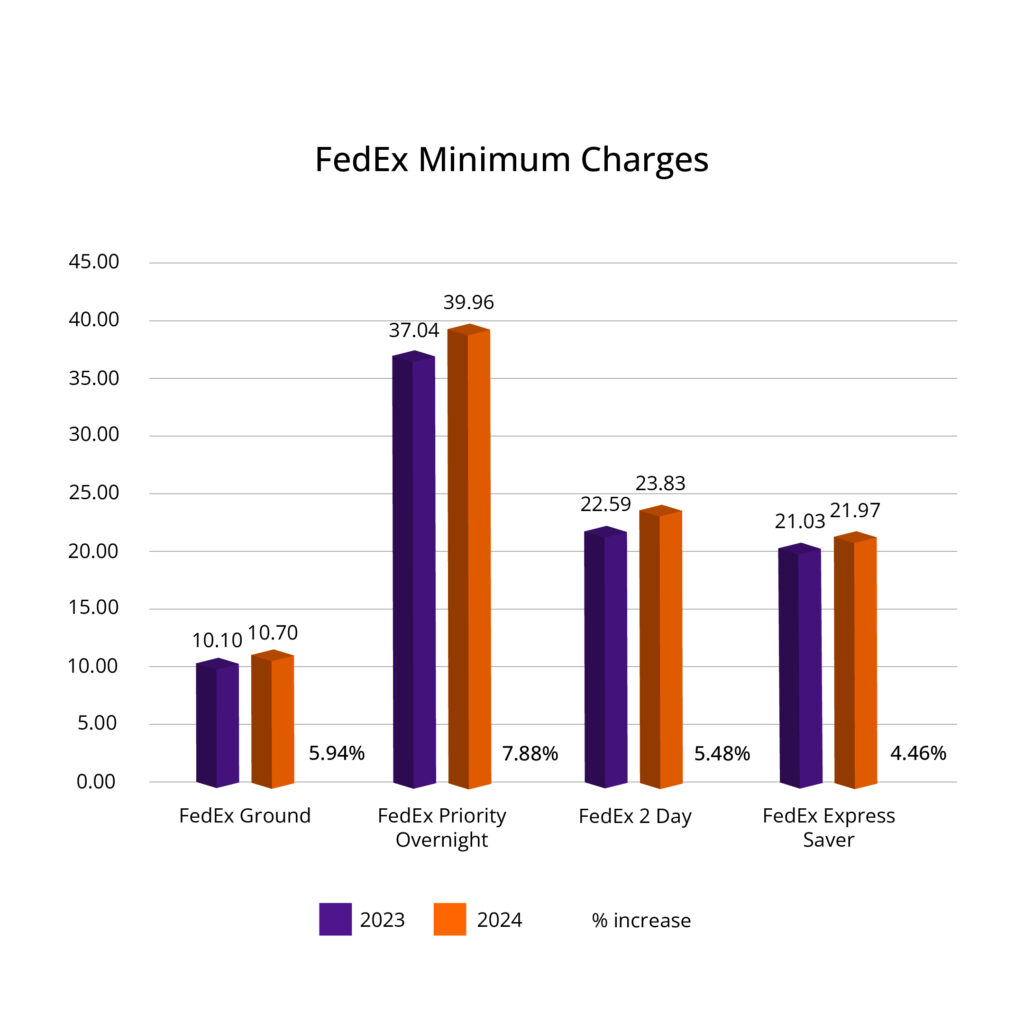Adopting technologies like Artificial Intelligence (AI) is transforming complex supply chains. New technologies and digitization in the shipping market are rising. Some reports suggest that the ship management market will reach USD 6.9 billion by 2033. This growth is due to increasing investment in digitizing shipping vessels. Further, Business Analytics is helping trucking companies improve their operational efficiencies.
Business Analytics in the shipping industry analyzes large volumes of data. It enhances operational efficiencies and improves customer experience. It is essential to use analytics in logistics with reporting tools. Our earlier article was on analytics solutions for US and Canadian businesses.This article will focus on the power of Business Analytics in shipping reports.
Business Analytics for shipping logistics optimization
Shipping logistics optimization involves reducing transportation costs and transit times. Businesses can streamline operations by using route optimization algorithms. It can identify bottlenecks for delivery trucks and reduce fuel consumption. Business Analytics with real-time visibility help logistics teams manage supply chains. Artificial Intelligence (AI) automates routine tasks and provides predictive outcomes for businesses. Analyzing large volumes of data to predict customer preference increases business growth.
Business Analytics can identify customer buying patterns to make data-driven decisions. Logistic companies can optimize their inventory and warehouse space with data analytics. It also helps to allocate resources effectively, thus saving money. Further, Analytics in shipping logistics elevates customer satisfaction by identifying delivery inefficiencies. Shipping data analytics consists of tools to transform raw data into actionable information.
Shipping data analytics
Companies optimize their Transportation Spend with Business Intelligence (BI) tools. These tools standardize data and predict future events. The information allows companies to anticipate problems and prevent future risks. Shipping data analytics provides real-time visibility and transparency of Transportation Spend. Shippers get actionable insights into their shipping costs.
A way to monitor the shipment processes is by evaluating Key Performance Indicators(KPIs). It helps to measure shipping metrics, including carrier performance, delivery time, etc. The Key Performance Indicators for shipping analytics are necessary. It evaluates the effectiveness and efficiency of shipping operations. These KPIs are related to order management, supply chain, inventory, distribution, and shipping. Transportation KPIs are related to the shipments. They include:
- On-time delivery rate: the number of shipping deliveries made on the promised time and date
- Total number of shipments: the number of shipments in a particular period
- Average days late: average delay in delivery time against the expected time of delivery
- Billing accuracy: accounting for error-free freight bills against the total number at a particular time
- Average transit time: the number of days on average when there is pick up of shipment till its delivery
- The average cost of shipping each order: average costs involved in shipping an order and more.
Shippers have to understand these shipping metrics to make informed decisions. These KPIs are necessary for regular contract evaluation and renegotiation. In addition, conducting invoice audits can lower shipping costs. Shippers can use data analytics to form cost-saving strategies.
Cost-saving strategies using shipping data analysis
Strategies to reduce transportation costs involve data analytics. AI tools optimize route planning for shipment deliveries. Data analytics supports operational decision-making, such as consolidating shipments. In addition, real-time tracking tools track shipments for smooth operations. Knowledge of shipping data helps businesses negotiate carrier contracts on better terms.
Analyzing shipping expenses with software tools can reduce costs. Businesses can optimize costs by offering customers multiple delivery options. Thus, Predictive Analytics aids in optimizing shipping costs.
Predictive Analytics for Transportation Spend Management
Predictive Analytics is integral to Business Analytics. It uses historical data analysis for shipping optimization. It provides better visibility in supply chains by monitoring shipments. Thus, shippers can prevent late delivery of shipments. Real-time and historical data generates supply and demand forecasts. It helps shippers plan their shipping operations efficiently.
Companies eliminate shipping bottlenecks by studying shipping patterns. Predictive Analytics is critical in the last-mile delivery of shipments. Anticipating shipping hurdles reduces costs. Shippers see a boost in profits by adopting automated platforms. Predictive Analytics also provides freight management solutions.
Advanced freight management analytics solutions
Business Analytics use large volumes of freight data to track freight costs. Freight data analysis monitors carrier performance. It helps shippers choose the right freight carriers for shipments. Freight auditing with data analytics tracks Transportation expenses. Further, disruptions in shipping operations are predictable by using data analytics.
Businesses make intelligent decisions by comparing freight rates against industry benchmarks. Shipping data analytics uncovers hidden shipping costs and overpayments. Freight analytics tools give clarity regarding freight spend. It can identify areas to cut freight costs and improve shipping efficiency.
Business Analytics presents shipping data in an easy-to-understand format. So, Shipping reports contain shipping statistics in simple formats. Many shipping report templates are available for companies. Further, automated reporting tools reduce manual tasks. Freight management across all transportation modes is possible with automation tools.
Benefits of automated reporting tools in logistics
Automated data workflows create automated reporting processes. The BI-powered platform compiles data into reports. In logistics, automated digital platforms prepare customized shipping reports. Automated reports encourage a high level of data accuracy and consistency. Business Analytics translate complex technical data into simple shipping reports.
Shipping reports cover all aspects of shipping information. They include information on transportation Spend. The data on expenses helps shippers make cost-saving decisions. Further, reporting on shipping carrier performance gives an overview of delivery performance metrics. It provides critical insights into service types and delivery dates. In addition, shippers claim refunds based on claim refund reports.
Thus, shipping reports streamline logistic operations with the power of Business Analytics.
How Audintel empowers shippers with Data Analytics
Shippers benefit from the full potential of Business Analytics at Audintel. We offer interactive dashboards and dynamic recommendations for faster decision-making. Our shipping reports incorporate AI and other advanced technologies. It provides in-depth data insights to shippers. Audintel empowers shippers by leveraging AI technology..
We seamlessly integrate advanced Data analytics into shipping operations. Our customized shipping reports monitor critical shipping metrics. Our software tracks shipments in real-time tracking and identifies shipping patterns. Shippers have a clear overview of their Transportation Spend on our AI-powered digital platform.
Further, Audintel’s intuitive, customizable dashboards and agile platform uncover cost-effective solutions. Our team of experts conducts shipping audits and recovers refunds for businesses. We have BI tools that provide greater visibility of carrier performance. Comprehensive shipping reports save money and improve customer satisfaction for our clients. Our AI Analyst boosts the bottom line with data-driven decisions.
To sum it up
The power of Data Analytics in shipping is transforming the industry. Advanced technologies such as machine learning and Predictive Analytics enhance shipping operations. Companies can elevate customer expectations by providing real-time shipment status. Business Analytics predict anticipated delivery time so that customers can plan their day.
Companies reduce their carbon footprint by adopting sustainable shipping practices. Real-time monitoring of shipments lowers the risk of loss or damage to shipments. Further, data-driven forecasting reduces operational costs. Appropriate BI tools and an effective data analytics system can streamline shipping operations.
Audintel applies Business Analytics tools in companies. We provide state-of-the-art solutions for complex shipping processes. Shippers get real-time updates about their shipping data through shipping reports. Our advanced technology tools empower businesses to make informed decisions. We provide actionable insights regarding logistics optimization. Our experts negotiate with shipping carriers to claim refunds.
In addition, Our AI Analyst chatbot provides answers to logistic queries 24/7. You can contact us at +1 (619) 354 8539 to understand the importance of Business Analytics in your shipping operations. Please visit our Audintel website to learn about our customized solutions for shippers.
